Celebrating Black History Month
Black Contributions to Vaccine Development
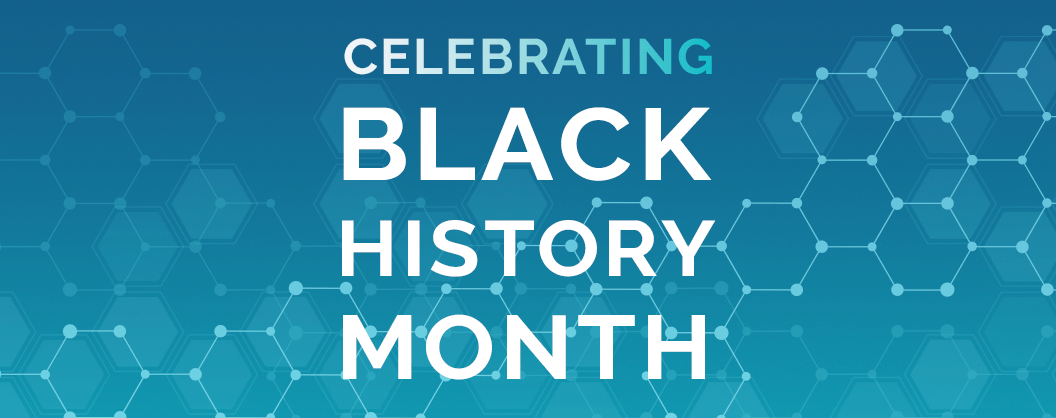
This Black History Month, we celebrate by highlighting Black contributions to vaccine development. Learn more about Black public figures including Onesimus, Henrietta Lacks, Dr. Russell Brown and Dr. James Henderson, Dr. Kizmekia Corbett, and Dr. Stephaun Wallace, who all had key roles in charting the course of the development of vaccines that have changed the face of healthcare today.
1970
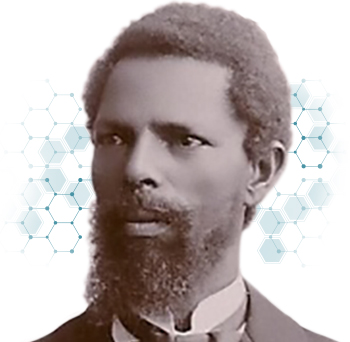
Oneismus
(1716)
HIGHLIGHTS:
- In 1706, an enslaved West African man was purchased for the prominent Puritan minister Cotton Mather by his congregation. He was named Onesimus after an enslaved man in the Bible whose name meant “useful.”
- In 1716, Onesimus told Mather that he knew how to prevent smallpox. The method consisted of rubbing pus from an infected person into an open wound on the arm in a controlled manner and under the supervision of a physician so the symptoms would be milder but still confer immunity. Once the infected material was introduced into the body, the person who underwent the procedure was inoculated against smallpox. It wasn’t a vaccination, which involves exposure to a less dangerous virus to provoke immunity, but it did activate the recipient’s immune response and protected against the disease most of the time.
- The idea of inoculation was unpopular at the time but in 1721, a smallpox epidemic spread from a ship to the population of Boston. Mather and Zabdiel Boylston, the only physician in the city who supported the technique, got their chance to test the power of inoculation. Of the 242 people he inoculated, only six died—one in 40, as opposed to one in seven deaths among the population of Boston who didn’t undergo the procedure.
- In 1796, Edward Jenner invented the smallpox vaccine, a similar but safer inoculation technique using cowpox. Eventually, smallpox vaccination became mandatory in Massachusetts.
- Smallpox remains the only infectious disease humans have successfully eradicated from the Earth.
1990
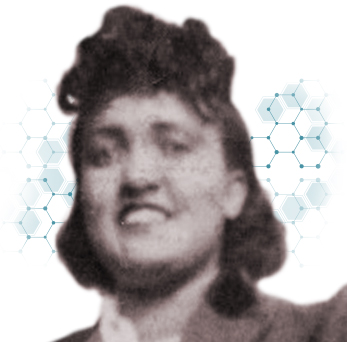
Henrietta Lacks
(1951)
HIGHLIGHTS:
- Henrietta Lacks died at age 31 of cervical cancer in October 1951. During her treatment, it was discovered that Lacks’s cells (taken without permission) miraculously thrived and doubled every 20 to 24 hours, the hospital said — making them the first living human cells to survive and multiply outside the human body.
- For decades, her cells, known medically as “HeLa cells”, which have been reproduced billions of times for medical research and contributed to approximately 75,000 studies, paving the way for advancements of lifesaving vaccines such as HPV, which protects against cervical cancer, the disease that killed her.
- Henrietta’s cells were also used in developing the polio vaccine, medications for HIV/AIDS, and breakthroughs for in vitro fertilization. The World Health Organization (WHO) also noted that the “cells are currently used in vital research for COVID-19 response efforts.”
- The WHO acknowledged that her legacy was laced with inequity and expressed hope that Lacks’s growing international recognition would go toward “rectifying unjust disparities in global health.”
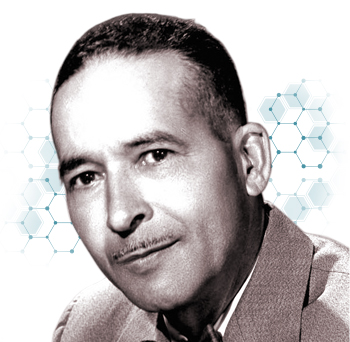
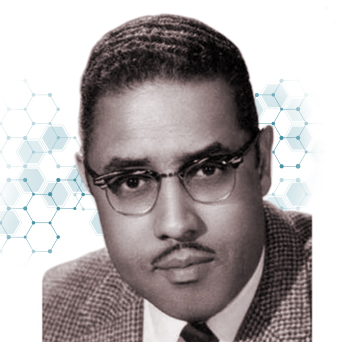
Dr. Russell Brown & Dr. James Henderson
(1952)
HIGHLIGHTS:
- In the early 1950s, Poliomyelitis, or Polio, caused the worst damage among children under 5 years old, and Polio was consequently called Infantile Paralysis.
- Medical researcher Jonas Salk created a Polio vaccine that, when injected, stimulated the immune system to make antibodies that fought off the virus. But before moving ahead, Salk wanted to make sure his vaccine was the “safest and most certain” approach by monitoring the inoculation’s ability to trigger enough antibodies to neutralize the virus. Fortunately, researchers had found the HeLa cells, the living line of cancer cells that were taken without permission from a Black patient named Henrietta Lacks years earlier.
- To evaluate his vaccine, Salk would need tremendous amounts of HeLa cells. In October 1952, looking ahead to Polio vaccine testing, the National Foundation for Infantile Paralysis (NFIP) director of research, Harry Weaver, asked Russell W. Brown, director of the Carver Research Foundation at the Tuskegee Institute, to turn its halls into the world’s first HeLa cell factory. Brown, who had a doctorate in bacterial physiology, was designated as the director of the project, and James (Jimmy) Henderson, a plant physiologist, assisted him.
- These Black men were asked to serve humanity in a time when their humanity was often denied. Not far from them, the infamous Tuskegee Syphilis experiment was underway. Both Brown and Henderson were solid scientists, but growing, storing, and maintaining HeLa cells had not been part of their technical training so they traveled to Minnesota to learn the basics of cell and tissue culture and designed their Tuskegee laboratory. By early 1954 the HeLa cell factory was ready to be part of the world’s biggest experiment.
- On April 26, 1954, the field trial for Salk’s polio vaccine began. This trial was a medical logistics effort on a scale never seen before. Within this huge health campaign was an astronomical number of HeLa cells. These cells, originating from a Black woman and cultivated by Black scientists, made visible the effectiveness of a long-awaited protection against Polio. On April 12, 1955, it was announced that the vaccine was “safe, effective and potent.”
- The inoculation was approved for distribution, cases of the disease began to drop, and Salk went on to become a national hero. But the role of the Tuskegee Institute and its researchers remained hidden long after the fear of Polio faded from the nation’s memory.
2000
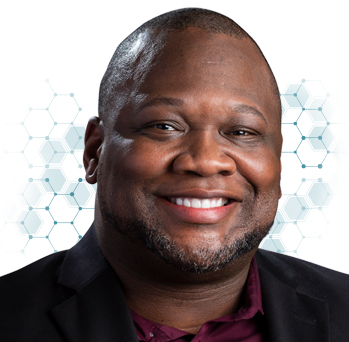
Dr. Stephaun E. Wallace
(2020)
HIGHLIGHTS:
- Stephaun E. Wallace, Ph.D., M.S. is an expert in developing, implementing and evaluating major public health and human service programs in the areas of prevention, care and treatment of HIV/AIDS and other infectious diseases.
- He is the Director of External Relations of both the HIV Vaccine Trials Network and the COVID-19 Prevention Network. These international clinical trials networks, whose operations are based at Fred Hutch, conduct studies of investigational vaccines and other agents intended to protect people from these diseases.
- Dr. Wallace leads the networks’ external relations strategies and efforts globally, with a focus on building long-term relationships with key stakeholders. His strategies create opportunities for consultation with stakeholder communities to inform the design and implementation of the networks’ studies and to optimize the participation of those who bear the greatest burdens of HIV and of COVID-19.
- An internationally recognized leader and speaker in public health and social justice, Dr. Wallace has more than two decades of experience in sexual and public health, social justice, and community mobilization within diverse populations globally. He views public health work through a social justice lens to understand how population-level health is affected by structural and social factors like stigma, racism, sexism, historical trauma and inequalities in education and income.
- Dr. Wallace also serves as the Director of the Office of Community Engagement in the University of Washington/Fred Hutch Center for AIDS Research, a Clinical Assistant Professor, Department of Global Health, University of Washington, and faculty in the Administrative Core at the University of Washington/Fred Hutch Center for AIDS Research.
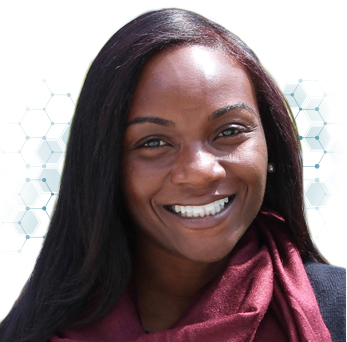
Dr. Kizzmekia Corbett
(2020)
HIGHLIGHTS:
- Dr. Kizzmekia – Kizzy- Corbett is an expert on the front lines of the global race for a SARS-CoV-2 vaccine, and she will go down in history as one of the National Institutes of Health’s leading scientists in developing the science that could end the pandemic.
- Even before Dr. Corbett took on one of the most challenging tasks of her professional career, she was selected as a student to participate in Project SEED, a program for gifted minority students that allowed her to study chemistry in labs at the University of North Carolina at Chapel Hill. Dr.Corbett spent her summers at laboratories and earned a summer internship at the NIH, the very place where she would be instrumental in developing a vaccine for the coronavirus.
- After graduating, Dr. Corbett enrolled in a doctorate program at UNC-Chapel Hill, where she worked as a research assistant studying virus infections and eventually received a PhD in Microbiology and Immunology. Her work with such pathogens began when she joined the NIH’s Vaccine Research Center as a postdoctoral fellow in 2014.
- The reason she started to work in Coronavirus was not to ever develop a vaccine but to have such a strong understanding of vaccine immune responses to potentially develop one.
- Dr. Corbett was part of a team of scientists who spoke with President Donald Trump at the NIH. In her words: “I felt like it was necessary to be seen and to not be a hidden figure”. “I felt that it was important to do that because of the level of visibility that it would have to younger scientists and also to people of color who have often worked behind the scenes and essentially who have done the dirty work for these large efforts toward a vaccine.”